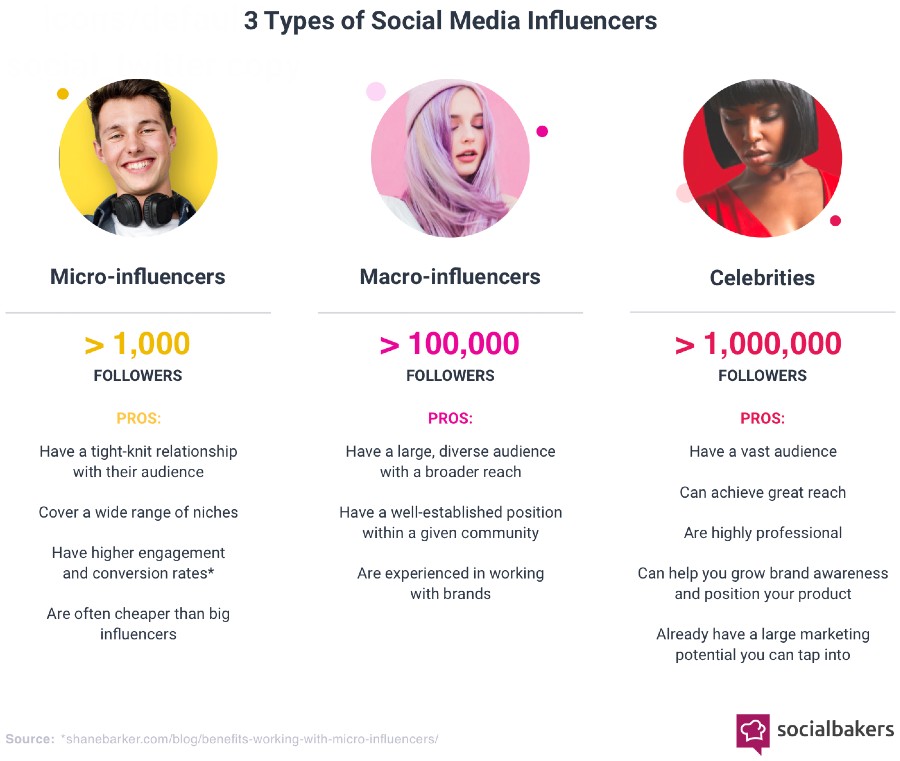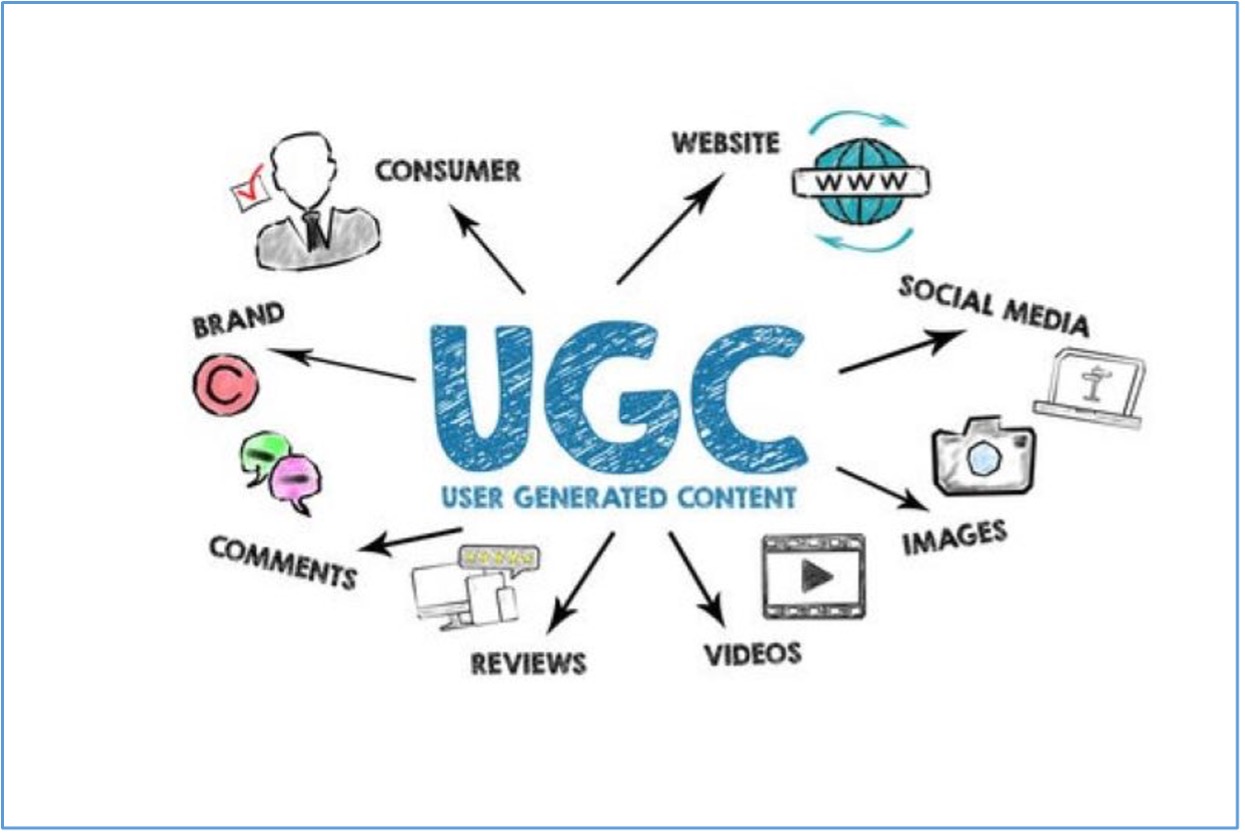How Micro-Influencers Leverage UGC to Build Authentic Communities in Niche Markets
In today's competitive digital landscape, marketing strategies continuously evolve. As an SEO and digital marketing specialist with over 5 years of experience, I have assisted more than 20 businesses in transforming their online presence. This blog post sheds light on how micro-influencers utilize user-generated content (UGC) to cultivate authentic communities within niche markets, a strategy that not only resonates with audiences but also drives significantly higher engagement rates.
Introduction: The Rise of Micro-Influencers and UGC
In the ever-changing world of social media, the emergence of micro-influencers has revolutionized the way brands interact with their audiences. Unlike traditional influencers with millions of followers, micro-influencers are individuals with a modest following, typically between 1,000 to 100,000 dedicated fans. These influencers often have a more intimate connection with their audience, leading to higher engagement rates and authenticity.

On the other hand, User-Generated Content (UGC) encompasses any content created by consumers rather than brands, such as images, videos, reviews, and testimonials. This type of content has become a powerful asset for marketers, as it enhances credibility and builds trust with potential customers. As consumer preferences shift towards authenticity, micro-influencers leverage UGC to deepen community connections and engagement within niche markets.

This blog will explore the significance of micro-influencers and UGC, backed by data and real-world examples, while also providing actionable tips for brands looking to harness these strategies effectively.
Understanding Micro-Influencers and UGC
What Are Micro-Influencers?
Micro-influencers are content creators who possess a smaller yet highly engaged follower base. They often focus on specific niches, such as eco-friendly products, fitness, or technology, allowing brands to reach highly targeted audiences. A noteworthy aspect of micro-influencers is their typical engagement rates, which average between 5-10%, significantly higher than the 1-3% seen with traditional influencers.
What Is User-Generated Content (UGC)?
User-Generated Content (UGC) comprises a diverse range of media created by consumers rather than the brand itself. This can include:
- Photos and videos showcasing products
- Reviews and testimonials shared on social platforms
- Unboxing experiences shared on platforms like TikTok or Instagram
UGC is more relatable and trustworthy, often leading consumers to perceive brands as more authentic. This form of content is essential for micro-influencers as it helps create communities built on shared experiences and genuine interactions.
The Impact of UGC in Influencer Marketing
Engagement Rates and Return on Investment
Studies have shown that brands collaborating with micro-influencers can expect a return of about $5.20 for every $1 spent on influencer marketing. The ability to connect with niche audiences results in not only increased engagement but also elevated brand loyalty.
According to research by HypeAuditor, micro-influencers frequently boast engagement rates that far surpass their traditional counterparts. Brands can capitalize on these relationships, leading to more meaningful connections with their customers.
Real-World Examples of Micro-Influencer Success
1. Coca-Cola’s "Share a Coke" Campaign
One of the most notable examples of leveraging UGC is Coca-Cola’s “Share a Coke” campaign, where consumers shared images of Coke bottles with personalized names. The result was massive amounts of user-generated content, creating a sense of community while driving brand engagement.
2. Glossier: Building Community through UGC
Glossier, a beauty brand, has effectively leveraged UGC by encouraging customers to share their beauty routines or experiences on social media. By reposting customer content featuring Glossier products, the brand creates a community that fosters engagement and drives sales, enhancing the authenticity of its messaging.
Best Practices for Brands Harnessing UGC and Micro-Influencers
Authenticity and Trust
When selecting micro-influencers, brands should prioritize authenticity. Engaging influencers who genuinely align with the brand’s values and mission is crucial for establishing trust with consumers. To foster genuine connections, brands should consider the following strategies:
- Identify Aligned Influencers: Use tools like AspireIQ or Influencity to find influencers whose content resonates with your brand’s mission.

- Encourage Original Content Creation: Allow influencers the freedom to express their unique perspectives regarding your products, fostering creativity and authenticity.
- Engage with UGC: Actively respond to and acknowledge UGC shared by your audience, creating a two-way conversation that enhances community engagement.
UGC Campaign Ideas
Brands looking to cultivate UGC might consider implementing the following campaign ideas:
- Photo Contests: Encourage followers to submit photos featuring their favorite products for a chance to win a prize.
- Hashtag Campaigns: Create a unique hashtag that customers can use when posting about your products, making it easy to curate content.
- Challenges: Inspire customers to participate in challenges that resonate with your brand, fostering a sense of community and reinforcing engagement.
Psychological Insights: The Appeal of Micro-Influencers and UGC
Social Proof and FOMO
Understanding the psychological principles that drive consumer behavior can also enhance the effectiveness of micro-influencers and UGC campaigns. Social proof is the phenomenon where individuals look to others when making decisions, making UGC a powerful tool for influencing purchases. Additionally, the fear of missing out (FOMO) is particularly pronounced in social media environments, driving users to engage with content that appears popular or well-received.
Trends in Influencer Marketing
Growth of Micro-Influencer Partnerships
Recent trends indicate a 60% increase in brands prioritizing micro-influencer partnerships as a means to connect authentically with niche audiences. As the industry evolves, more brands are recognizing the value of smaller, relatable influencers in driving engagement, enhancing brand reputation, and fostering community trust.
Consumer Preference for Authenticity
Statistics indicate that over 80% of millennials trust peer recommendations over traditional advertising. This shift in preference underscores the invaluable role micro-influencers play within the modern marketing landscape. By utilizing UGC and authentic messaging, brands can foster deeper connections with their audience.
Tools and Platforms for Collaboration
Influencer Collaboration Platforms
Brands looking to collaborate with micro-influencers can utilize platforms such as:
- AspireIQ: Connects brands with influencers for effective marketing partnerships.
- Traackr: Offers tools to manage influencer relationships and measure campaign performance.
- Influencity: A powerful analytics platform that allows brands to pinpoint the right influencers for their specific campaigns.
UGC Aggregation Tools
To effectively collect and display UGC, consider using:
- TINT: An all-in-one platform for branded experiences powered by UGC.
- Yotpo: Helps brands collect and display customer-generated content on their websites, enriching the user experience.
Conclusion: Building Authentic Communities
As brands increasingly look to micro-influencers and UGC to foster authentic connections with niche markets, it’s crucial to implement strategies that emphasize trust and community. Whether you’re a marketing professional, an aspiring influencer, or a small business owner, understanding how to leverage these elements can significantly elevate your marketing strategies.
Consider how you can engage more authentically with your audience, participate in community-building efforts, or implement UGC campaigns within your brand strategy. By doing so, you can take your marketing to new heights.
For further insights, trends, and advice on influencer marketing and UGC, stay tuned to our blog or explore additional resources that deepen your understanding of this evolving landscape!
